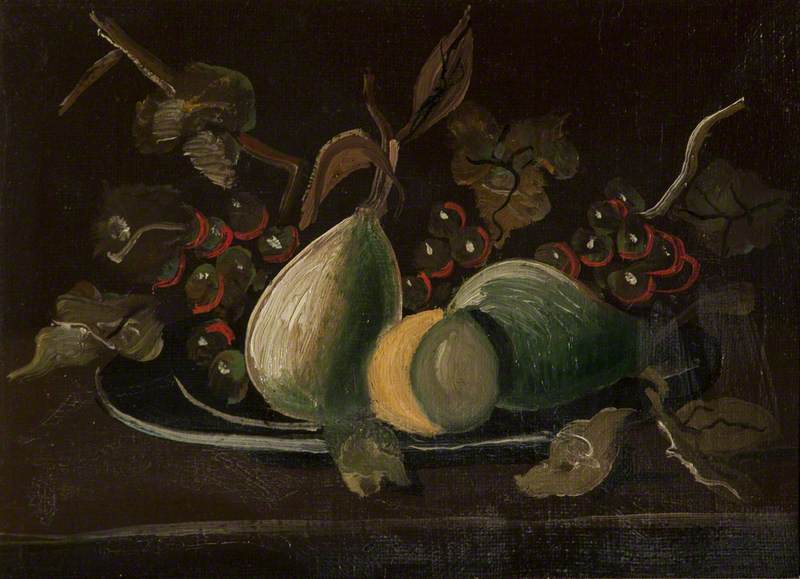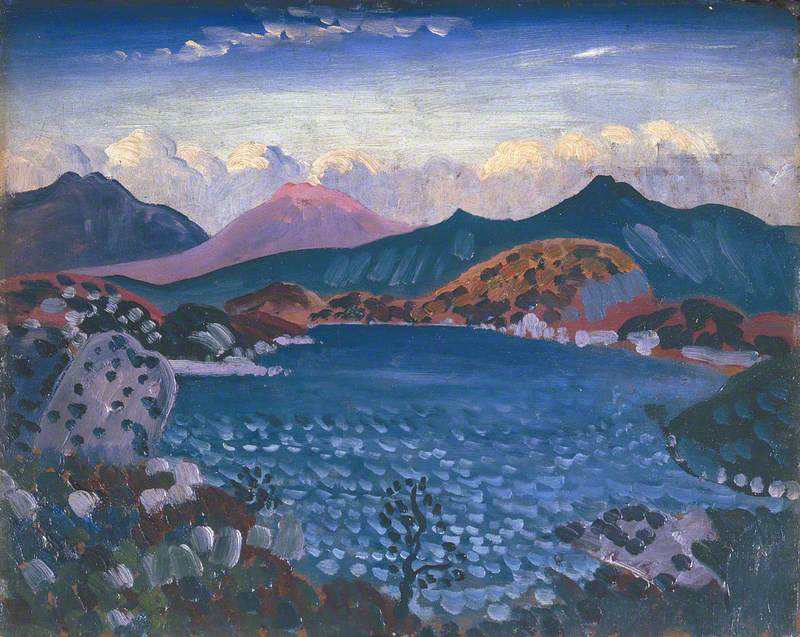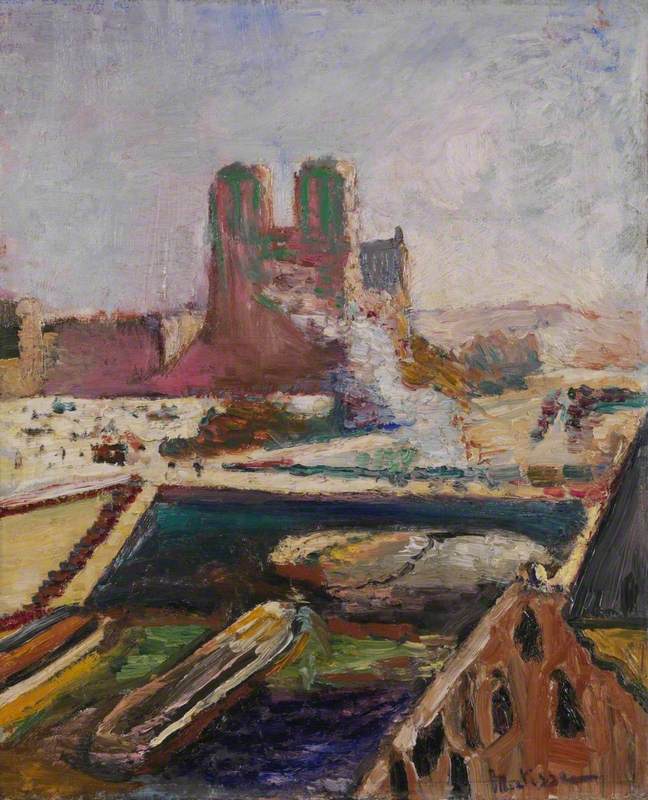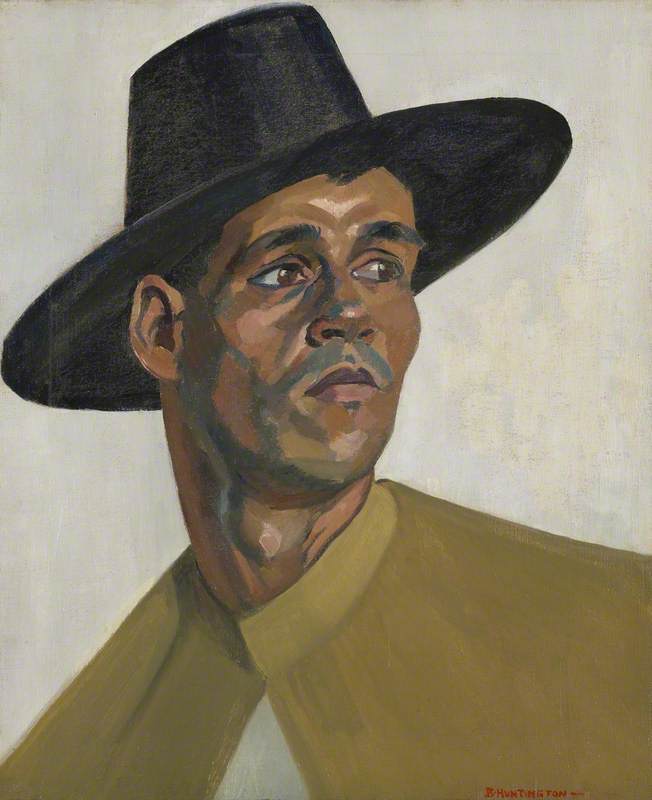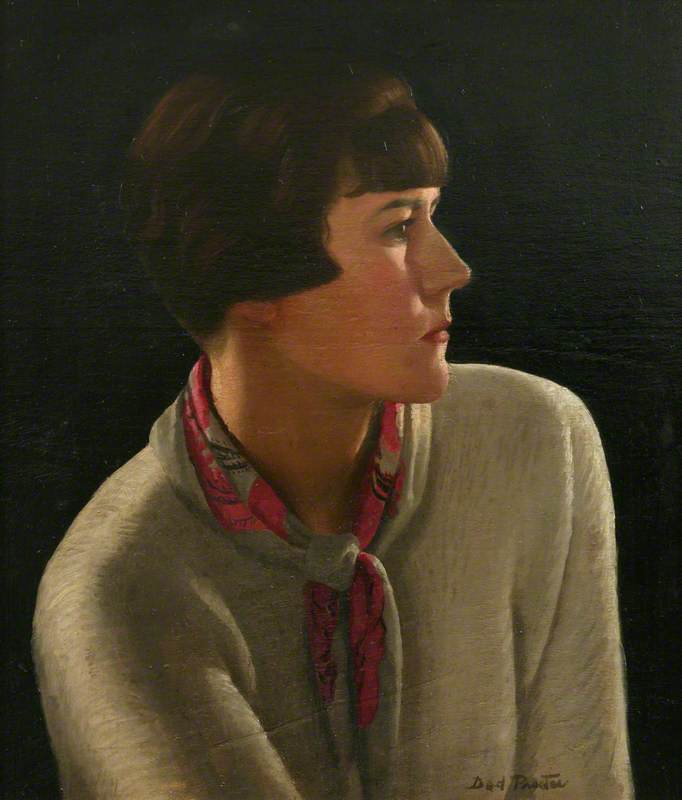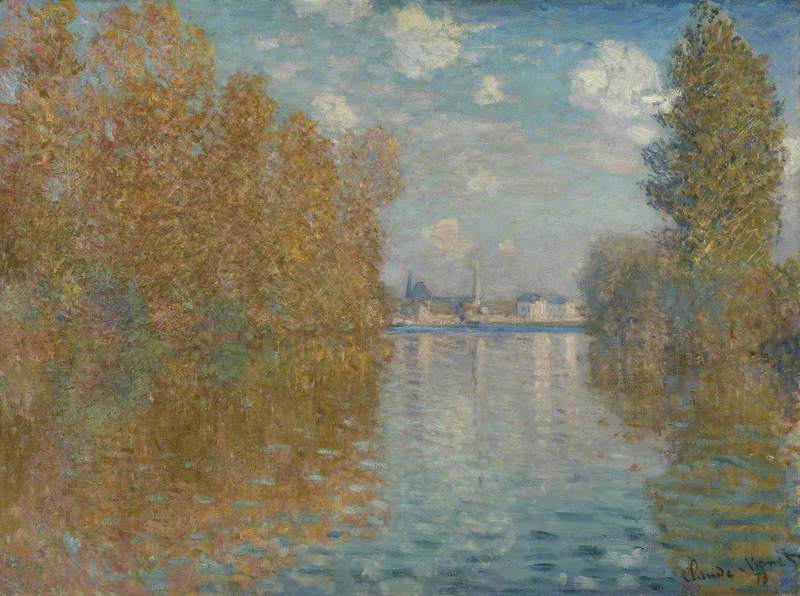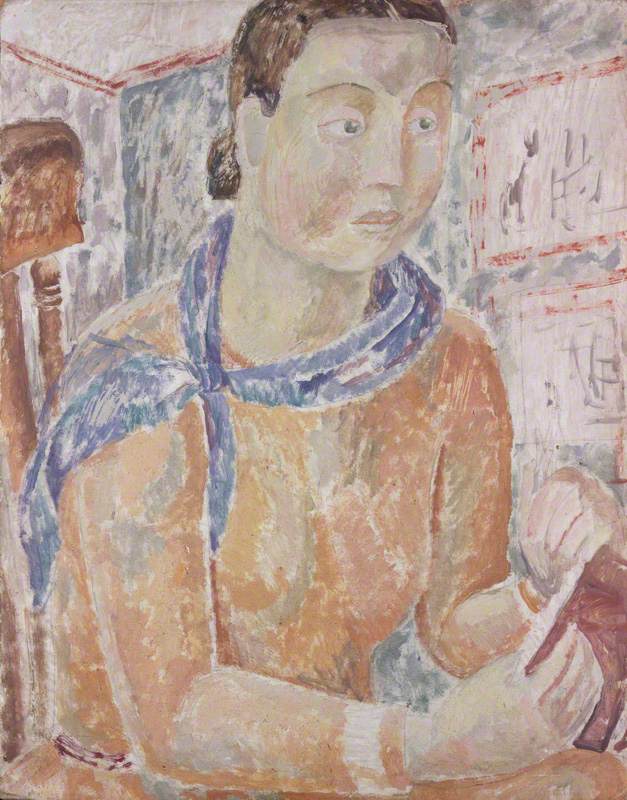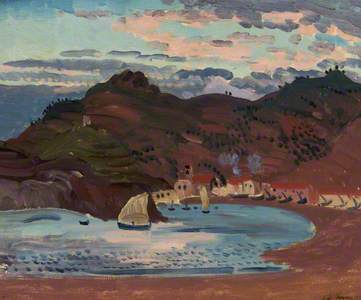The Mediterranean port of Collioure, near France's border with Spain, inspired several artists in the first quarter of the twentieth century.
When André Derain left the grey skies of Paris for the Catalan fishing village in the baking summer of 1905, he was dazzled by the bright orange roofs of the tightly packed houses and the sparkling, sapphire sea.
A local winegrower called Paul Soulier summed up the experience of many first time visitors to his birthplace: 'to someone from the North, the intense light makes it seem like you are entering a new world.'
Derain, then 25, had been coaxed south by Henri Matisse (1869–1954), ten years his senior, who was combining painting with a family holiday with his wife and three children.
Although he stayed for just seven weeks, less than half the time of Matisse, he was the more prolific producing 30 canvasses in explosive colours. The pair also employed their experimental palettes on portraits of each other.
When, later that year, their work was displayed in Paris they were dubbed 'les fauves' (savages) by a disparaging critic. Although the juxtaposition of bright colours with no shadow was considered unnatural, visitors to Collioure or other parts of the Côte Vermeille (Vermillion coast) will readily appreciate the source of their inspiration.
The Welsh artist James Dickson Innes (1887–1914) was even younger than Derain when he first arrived in Collioure in 1908.
The 21-year-old, whose mother is thought to have been of Catalan descent, came with fellow Slade student John Fothergill.
The contrast with Wales could hardly have been greater. 'Now he had his fill of heat, light and gaudy local colour, and his all-excelling sense of colour was awakened,' wrote Fothergill.
Before his death from tuberculosis at the age of 27, Innes returned to Collioure twice. On his last visit, in 1912, he was accompanied by the Australian born artist Derwent Lees (1884–1931) who painted the hills and vineyards above the port.
After the First World War another former Slade student, Rudolf Ihlee (1883–1968), spent more than a decade in Collioure with his French wife Isabelle.
Ihlee encouraged his friend, the Glasgow-born architect Charles Rennie Mackintosh (1868–1928), to visit the region. 'Toshie' and his artist wife Margaret Macdonald (1864–1933) made the journey south in 1923 spending the last four years of his life under the Mediterranean sun in Port Vendres, a couple of miles from Collioure.
Unlike Derain, who worked with ferocious speed, Mackintosh would take up to a month to compose his designs. They were as meticulous as the architectural plans which had made his reputation some 20 years earlier. During July and August, he and Margaret would escape to the hills, in contrast to Derain, who worked flat out during those hottest of months of the year. As a result, Mackintosh's watercolours have a much cooler look. He produced 30 during his final years but managed to sell only two.
A year after leaving Collioure, Derain employed his fauvist palette in an arresting series of views of London but thereafter his pictures became more sober – some would say dull.
The blazing intensity of his youth had given way to a classical respectability. The savage had been tamed.
James Trollope, author and columnist
James' book Rudolph Ihlee: The Road to Collioure will be published in May 2022 by Lund Humphries










